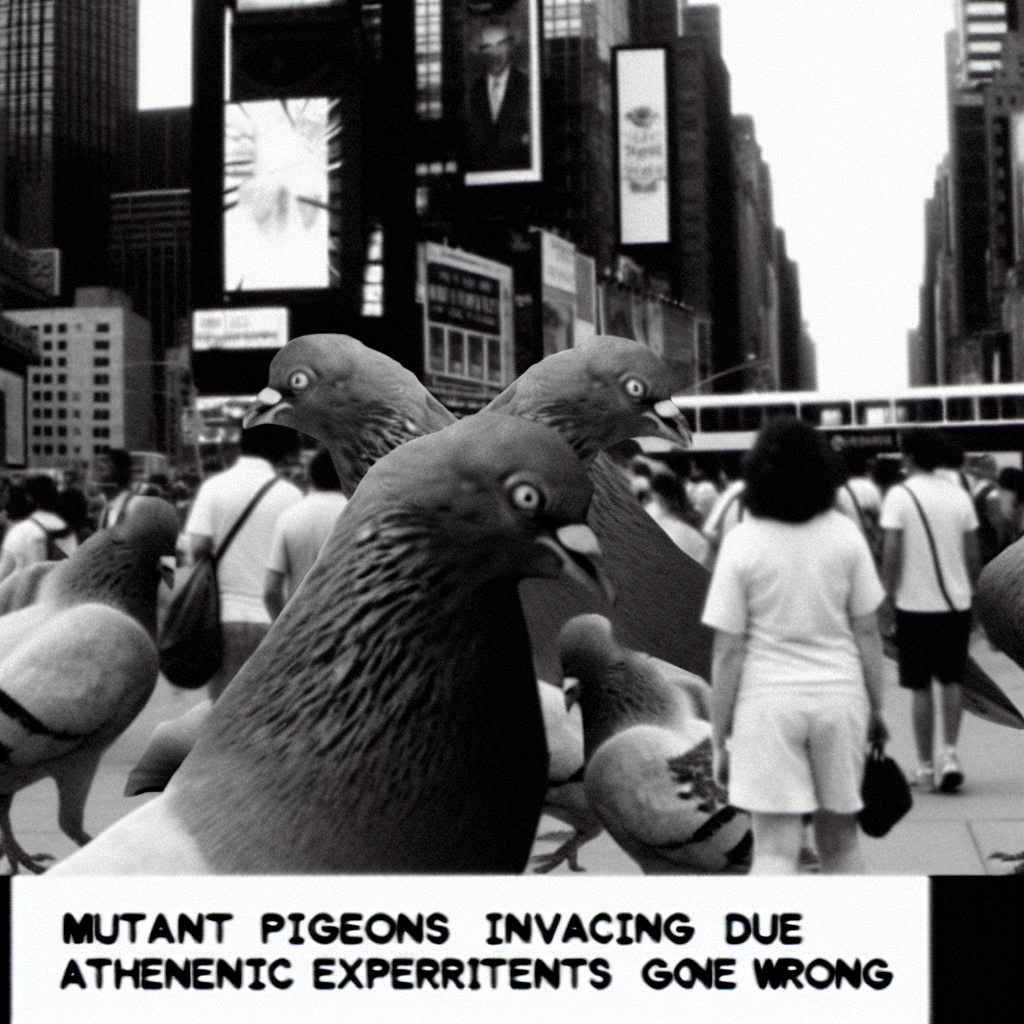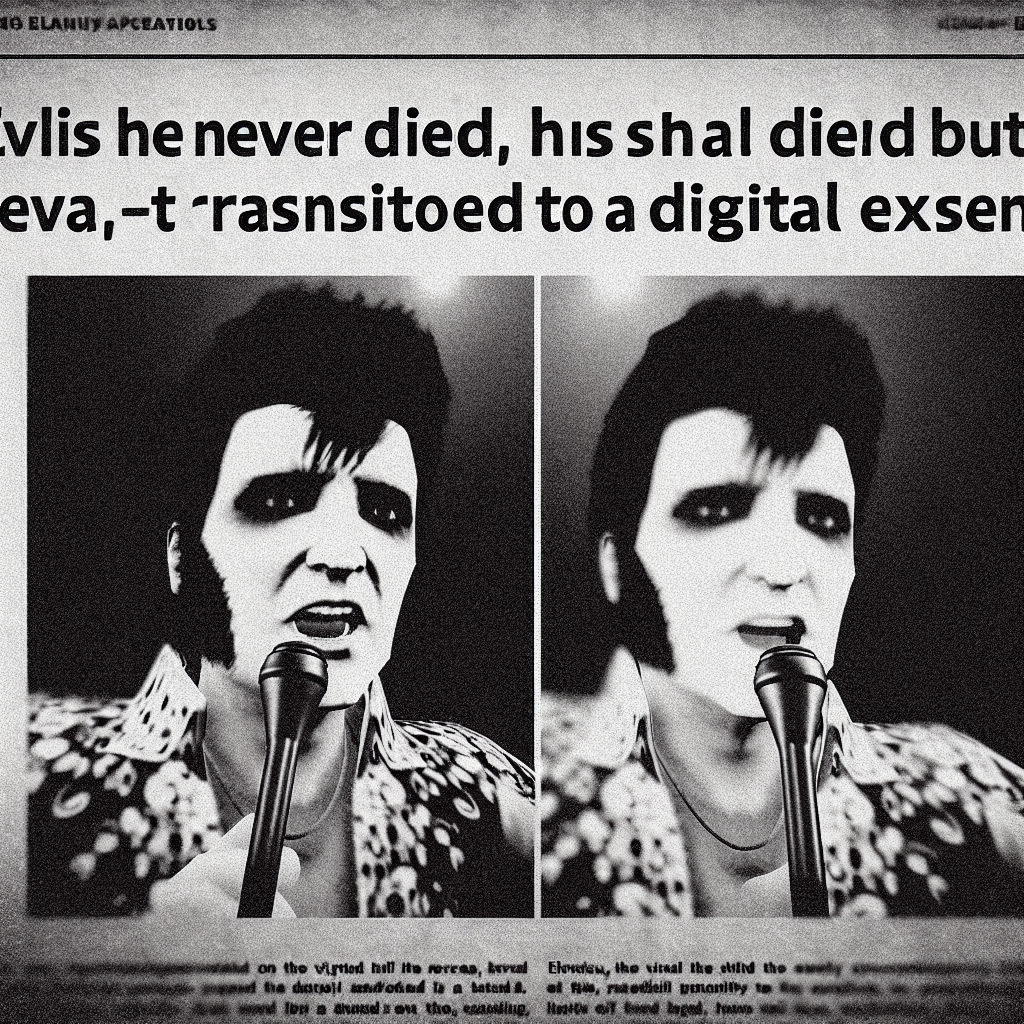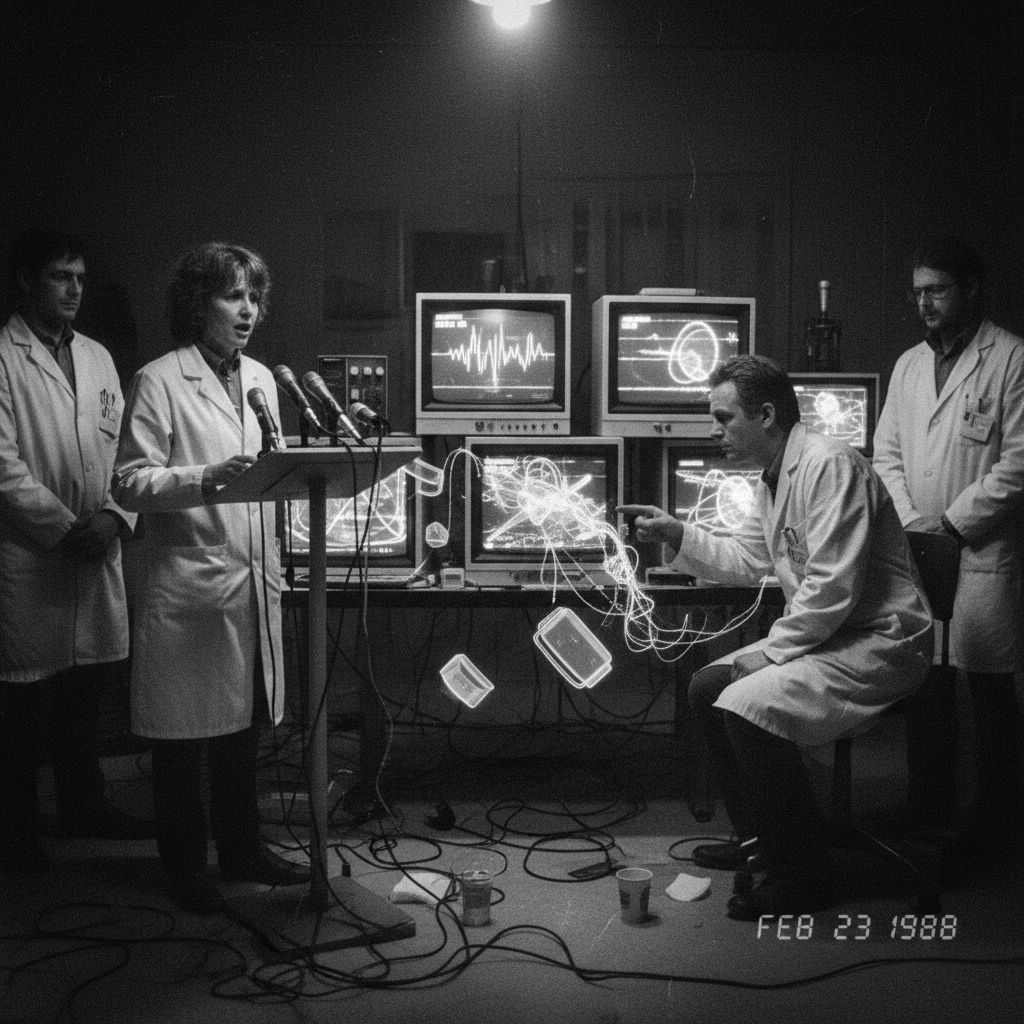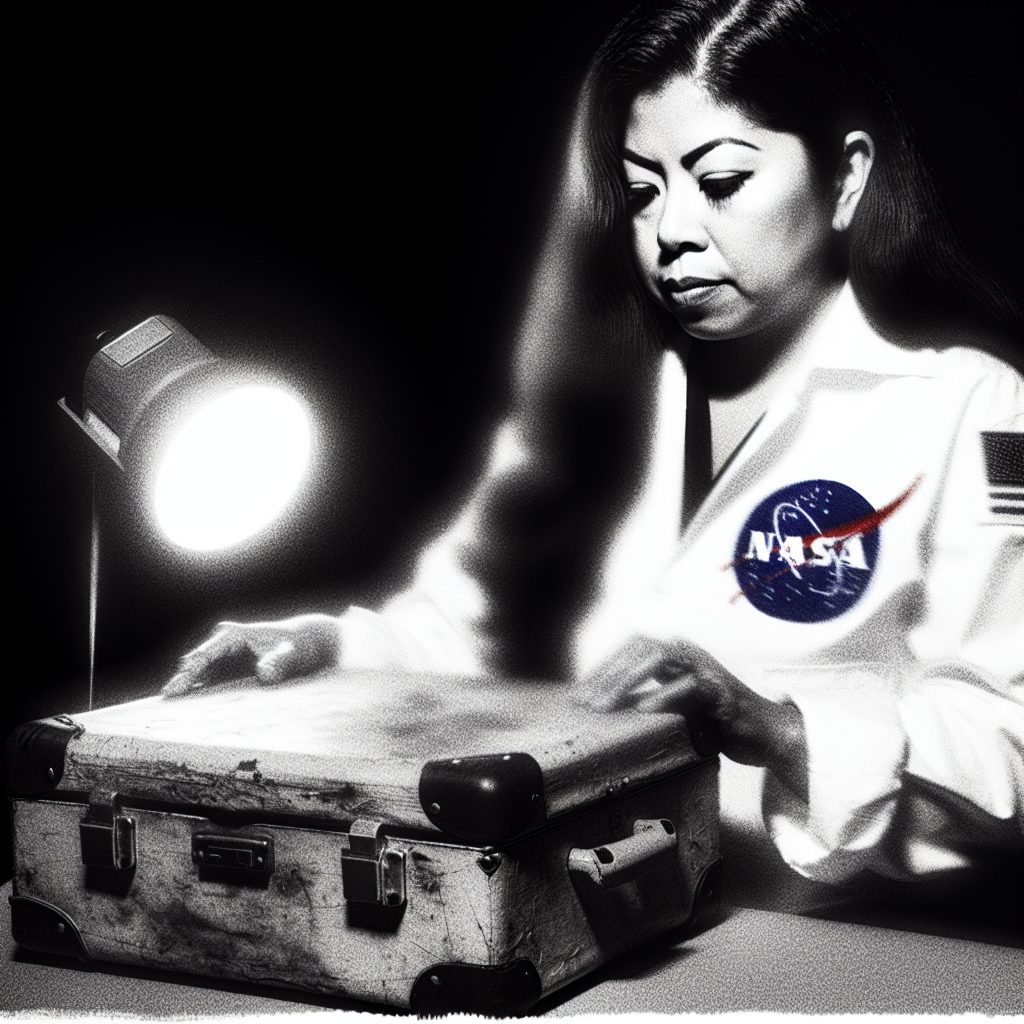Scientists Discover Microplastics in Our Dreams
Tiny particles of Tupperware now haunting our REM cycles.
BOSTON, MA – A shocking new study from the Institute of Sleep Research has revealed what many scientists are calling the most disturbing environmental contamination discovery of the century: microplastics have infiltrated the human dream state, with researchers detecting microscopic fragments of common household containers floating through our REM cycles.
Dr. Miranda Sleepworth, lead researcher at the institute, made the groundbreaking discovery while analyzing dream recordings from volunteer subjects using experimental neural imaging technology. What started as routine sleep pattern research quickly turned into a nightmare revelation when her team detected unmistakable plastic polymer signatures embedded within dream sequences.
“We were absolutely horrified by what we found,” Dr. Sleepworth explained during an emergency press conference held at 3 AM to mirror typical REM cycle timing. “Not only are these microplastics present in our dreams, but they’re actively altering dream narratives. Subjects are reporting recurring nightmares about being trapped inside Tupperware containers or drowning in seas of plastic wrap.”
The contamination appears to be most severe in dreams involving food preparation or storage scenarios. Test subject Harold Nightingale, a 42-year-old accountant from Waltham, described his recent dream experiences with visible distress.
“I keep dreaming that my deceased grandmother is serving me her famous apple pie, but when I try to eat it, everything tastes like plastic containers,” Nightingale recounted, his hands trembling as he spoke. “Last week, I dreamed I was at my wedding, but instead of saying ‘I do,’ my bride and I were sealing ourselves into a giant Ziploc bag. I wake up with the taste of polyethylene in my mouth.”
The research team believes the contamination pathway involves microscopic plastic particles traveling through the bloodstream and crossing the blood-brain barrier during sleep cycles. These particles then allegedly attach themselves to memory neurons responsible for dream construction, creating what scientists are calling “plastic dream pollution.”
Even more disturbing, the study suggests that different types of plastic containers produce distinct dream alterations. Tupperware fragments reportedly generate claustrophobic scenarios, while microplastics from yogurt containers create dreams involving spoiled or rotting food. Plastic water bottle particles appear to cause recurring drowning nightmares.
Dr. Sleepworth’s team has identified what they believe to be ground zero for this contamination: the widespread use of plastic food storage containers in American households over the past 50 years. “Every time someone microwaves food in plastic containers or stores hot leftovers in Tupperware, microscopic particles are released into the air and eventually inhaled,” she warned.
The implications extend far beyond individual nightmares. Sleep researchers are now connecting the microplastic dream contamination to rising rates of insomnia, sleep anxiety, and what they’re terming “Tupperware Terror Syndrome” – a condition where sufferers become unable to use or even look at plastic food containers without experiencing panic attacks.
Government officials have remained suspiciously silent about the findings, leading many to speculate about potential cover-ups involving major plastic manufacturers. Anonymous sources within the FDA suggest that internal memos about plastic dream contamination have been circulating for months, but higher-ups have suppressed publication of the data.
The research team is now racing to develop countermeasures, including experimental “dream detox” procedures and specialized sleep masks designed to filter plastic particles from bedroom air. However, Dr. Sleepworth warns that for millions of Americans, the damage may already be permanent.
“We’re looking at a generation of people whose dreams have been literally poisoned by plastic,” she concluded ominously. “The question isn’t whether this contamination can be reversed, but how deep into our subconscious these synthetic invaders have already penetrated.”
The characters and events depicted in this story are entirely fictitious. Any similarity to real persons, living or dead, or to actual events is unintentional and purely coincidental.









